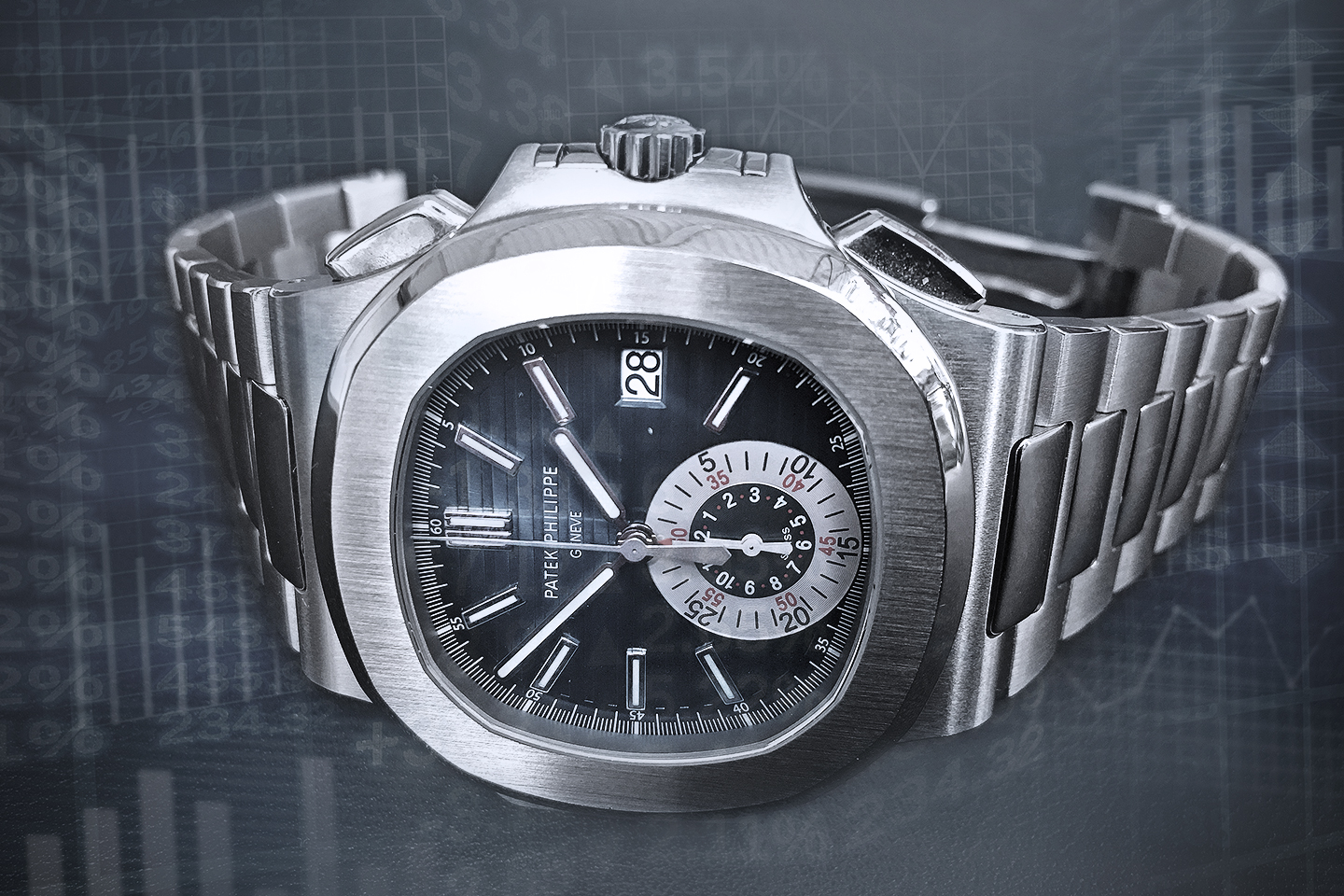What you should consider before parking your hard-earned money in “time”.
Have you ever made money with your watches?
Whenever the topic of watch collecting comes up, this million-dollar question, to include which specific watch model makes the best investment, are commonly asked.
Interestingly to date, no one has asked about money lost on watches. Nor about the regrettables in the watch collecting process.
My biggest regret, in relation to my humble watch collection, isn’t about failing to acquire more of the brands and watch models that can today fetch astronomical valuations (way above their initial retail prices) in the secondary markets. Rather, it is more about not being sufficiently knowledgeable – due to the lack of experience and research – in the early days, about the many brands in the market.
When my watch collecting journey began, purchasing timepieces based on emotional bias was the order of the day, as long as the watches appealed to me. It was a comfortable ride acquiring watches from familiar brands, especially those of timepieces that had been gifted to me from loved ones.
After all, watches are meant to be worn and the idea of reselling them wasn’t even a thought. One’s personal taste and style mattered more than whether a timepiece was highly sought-after.
A place to start, in your assessment of the watch’s desirability would be the secondary market, i.e. the pre-owned market and/or the auction markets for watches. There, one can get a certain inkling of the more popular brands, as well as the corresponding valuations.
In the secondary markets, for example, brands such as Patek Philippe, Rolex and even Audemars Piguet would come up regularly. Whereas in the retail stores, one can easily distracted by the various innovations, designs and styles from the many brands present.

For those who would consider reselling their watches in the future, international and well-recognised brands are safer options to consider, as the process may be faster and the value higher when the time comes to liquidate. Suffices to say that rare and unusual timepieces can gain attention and generally tend to command higher valuations. Likewise for limited editions.
As to whether one can profit from pre-loved timepieces, the answer is: “It depends.” It all boils down to the laws of demand and supply. It is about finding a buyer and seller willing to transact at a price agreeable to both at a certain point in time.
That said, do bear in mind that prices in the secondary markets can be volatile. What is a hot piece today may well receive a frosty reception in the future. There have been brands that have lost their appeal, thereby negatively impacting the resale prices of their watches.
On my watch collecting journey, certain pieces had to make way for newer ones. Yes, I have lost money on watches and yes, I have also made a little money along the way. What was lost is treated as depreciation and this is a frequent accounting treatment in my books. What was gained on the rare occasion is considered a bonus.
From a personal standpoint, watches are not a viable form of alternative investment. Why? I am not a watch trader. I acquire timepieces to be worn. Therefore, if you are thinking of seriously investing in timepieces with the view of profiting from it, conduct your own research, and seek professional advice from watch dealers and traders.
What would I have done differently had I known more in the beginning? I would have been more discerning, and to be more measured in balancing emotional appeal and the need to own popular mainstream pieces. I appreciate Patek Philippe, Rolex and Audemars Piguet but will only acquire the models that can be enjoyed when worn. Other brands that I enjoy include A. Lange & Söhne, Tudor, Omega, Grand Seiko, TAG Heuer, Seiko and Azimuth, to name a few. A more recent and perhaps surprising addition is a non-mainstream brand known as Gorilla Watches.
At the time of penning this article, the debate over whether one should realise the paper profits on certain pieces in the collection rages on. Forces loyal to intrinsic values have thus far been able to withstand the opposing forces wishing to “sell out”. Stay close for updates.

